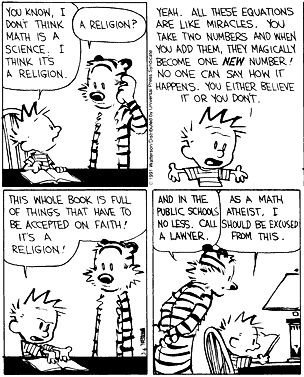China’s real GDP growth has been a hot topic for the last 20 years.
Take China seriously: they are going to be the biggest economy in the world in your lifetime, and probably will fall to second place by the time you retire.
Having said that, it’s macroeconomically prudent to not take their growth numbers very seriously, and to push that forecast of being #1 off a few decades.
Most developed economies are relatively open. Measuring GDP in them is difficult, but fairly accurate. This is not the case in more secretive or disorganized economies. China is both.
Historical perspective is useful here. The Soviet Union claimed high growth rates as well. These were taken at face value by both Soviet leaders and western analysts: the top selling textbook in economics through the 20th century (Samuelson’s) repeatedly predicted the Soviet Union would overtake the U.S. in GDP. This was a mistake. When the Soviet Union collapsed it became apparent that the size of their economy was perhaps one fifth of what they claimed.
Unlike the Soviets, the Chinese have a pattern of learning from the mistakes of others, and they are aware that they have a data measurement problem. Here’s the guy who is likely to be leading China until 2022:
The figures that go into China’s gross domestic product are “man-made” and “for reference only,” warned Chinese politician Li Keqiang back in 2007. The comments by the then-regional party head, who is expected to become premier next spring, were revealed in a diplomatic cable published by WikiLeaks in late 2010.
Here’s an example of a discrepancy:
Growth in electricity consumption has slowed much faster than growth in official GDP (dropping to about 4 percent growth in June, according to Chinese media) when usually they move more in tandem.
The fibbing is a systemic problem:
One legacy of the planned economy is that bureaucrats are given targets by the central government for everything from steel production to harvests and local GDP. These same officials traditionally have been promoted on their success in making their numbers. “We have a saying in China: The cadres produce the data, and data produces the cadres,” says Jin Yongjin, a professor of statistics at Renmin University.
What other data could we look to for clues:
Investment banks have searched for the indicator that will predict an economic turning point. Standard Chartered looked at sales of earth-moving equipment before deciding it was a lagging rather than a leading indicator. Bank loans, as well as electricity consumption and rail cargo volume, all cited by Li Keqiang as more reliable than GDP, are still a good proxy for economic activity, says Green. UBS Securities has informally surveyed local developers to get a handle on real estate trends. Perhaps the most ambitious effort is the recently launched China Beige Book, a quarterly survey of some 2,000 bankers and company executives, modeled on the U.S. Federal Reserve’s Beige Book. It measures growth in eight key industries across China’s major regions, says Leland Miller, president of CBB International, which publishes the book.
But, we still have the problem of all secretive societies:
China still tends to treat its data gathering as a national secret, says Anne Stevenson-Yang, co-founder of Beijing-based equities analysis firm J Capital Research. She cites the government’s refusal to release the weighting of goods tracked to compile its consumer price inflation index. “Why would you ever lift the hood and show people how you do it? That only reduces your ability to change numbers if you need to,” she says
Read the whole article, entitled “China Seeks Better Data” in the July 16-22, 2012 print edition of Bloomberg Businessweek.

